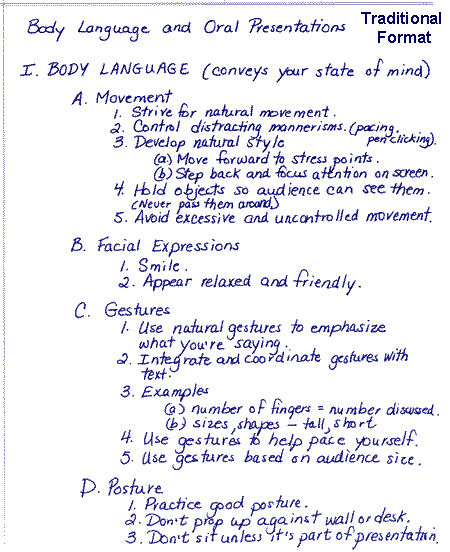
"Is it better to keep your mouth shut and remain a fool, or to open your mouth and remove all doubt?"
"The man who asks a question is a fool for a minute; the man who does not ask is a fool for life."
Chinese Proverbs
NOTE-TAKING
According to the Writing Across the Curriculum Journal (2005), "note-taking helps students learn and learn to write....the average writing speed of a student is around 0.3 to 0.4 words/ second, whereas a lecturer speaks at a rate of around 2 to 3 words/second." (p.1). Therefore, it is important that one develops a note-taking method that works for him/her.
Here are some methods to interact thoughtfully with a speaker, text, of visual work:
ANNOTATION
Annotation is simply have a conversation with the speaker, author, or visual work and writing it down (i.e. write summaries, questions, unfamiliar words important ideas).
CHECK OUT THIS 1-MINUTE TUTORIAL HERE!
COLOR-CODING
Use different color pens or highlighters to represent different notations (i.e. red = question or unfamiliar word, yellow = big idea, blue = important detail, etc.)
INSERT (Interactive Notation System to Effective Reading and Thinking)
If you find annotation slows down your reading or processing of information, you can use symbols to represent notes. (i.e. the "+" means new information, "?" means unfamiliar concept, question, or word, "!" means important information.) LEARN IT HERE!
CORNELL NOTES
GET A CORNELL NOTES TEMPLATE HERE!
TWO-COLUMN NOTES
Divide your paper into two columns, left column for questions, right for answers. LEARN IT HERE!
SKETCH NOTES
In addition to regular annotations, add relevant pictures, symbols, and graphics.
OUTLINING
Using symbols like letters, Roman Numerals, and bullet points to divide information into headings, sub-headings, and details. LEARN IT HERE!
CLOSE READING
Annotating at the word level---considering vocabulary, word order, sentence variety and structure, figures of speech, repetition of words/ideas, even visual appearance.
LEARN 8 EASY STEP to CLOSE READING HERE!
ELITE 8
HEHS's very own reading strategies: Questioning, Making Connections, Evaluating, Monitoring, Predicting/Inferring, Summarizing, Imaging, Building Vocabulary.
OTHER STUDY SKILLS (i.e. preparing for a test, having a good semester, etc.)
Material adapted from http://msliewsclass.weebly.com/study-skills.html











